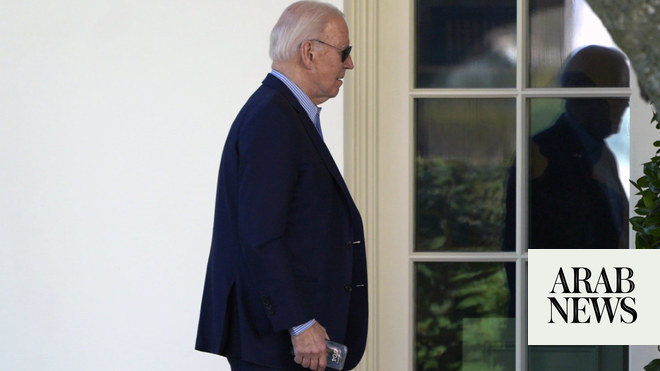
A recent study has tackled two scenarios of the Iranian economy in light of the current updates. The study was prepared by an economist researcher in Rasanah (International Institute for Iranian Studies) on the Iranian economy, the nuclear deal, performance assessment, future scenarios and the regime options.First Scenario
In this case, those forecasting the most optimistic scenario for the future of the Iranian economy cannot deny the difficult economic situation in the future, not to mention the difficulty of the current situation, after the US had exited the nuclear agreement, leaving the Iranian economy with grave consequences.
Also, the study sees Iran heading for a stage in which the economic performance will see a severe weakness in terms of the overall economic indication, decline in financial performance, and rise in the day-to-day cost of living. This speculation emerged based on a host of indications, including the drop in crude oil exports.
A report by the British oil industry giant British Petroleum (BP) suggested that the Iranian crude oil exports may fall between 300,000 barrels and one million barrels per day in the future (decreased by 143,000 barrels per day in the first half of June 2018)
The study added that the past period witnessed capital flight and the inability of domestic investment to push growth up. US President Donald Trump’s hard-line tackling of the Iranian file led to the flight of a huge amount of capital outside Iran, amounting to about $ 13 billion in March 2017 / March 2018, according to the Research Center of the Iranian Parliament. Second Scenario
The second scenario is characterized by sustained recession and stagflation, hyperinflation, civil unrest, high levels of poverty and disruption of financial markets; i.e. a macroeconomic collapse.
Richard Nephew, a senior research scholar at the Center on Global Energy Policy at Columbia University, sees the idea of Iran going to the brink of economic collapse is “exaggerated”. He argues that this speculation stems from the belief that such a collapse would lead to a revolution which will lead to forging positive ties with the outside world after the economic drop that will lead to a revolution that ousts the regime from within.
The study concludes that the concept of economic collapse, from a purely academic perspective, does not apply to the Iranian case at the time being.
Yet, the Iranian economy is not expected to achieve financial or monetary stability, especially with increased spending on conflicts beyond borders (128% increase in spending over the past four years). At the same time, financial resources are eroding after the US sanctions.
Rasanah researcher pointed out that the general government deficit has been increasing since 2014 with $7.6 billion in 2016 to $9.6 billion in 2017. The deficit is expected to worsen, as the actual income is lower than expected due to difficulties in collecting oil revenue payments and spending beyond budget.












